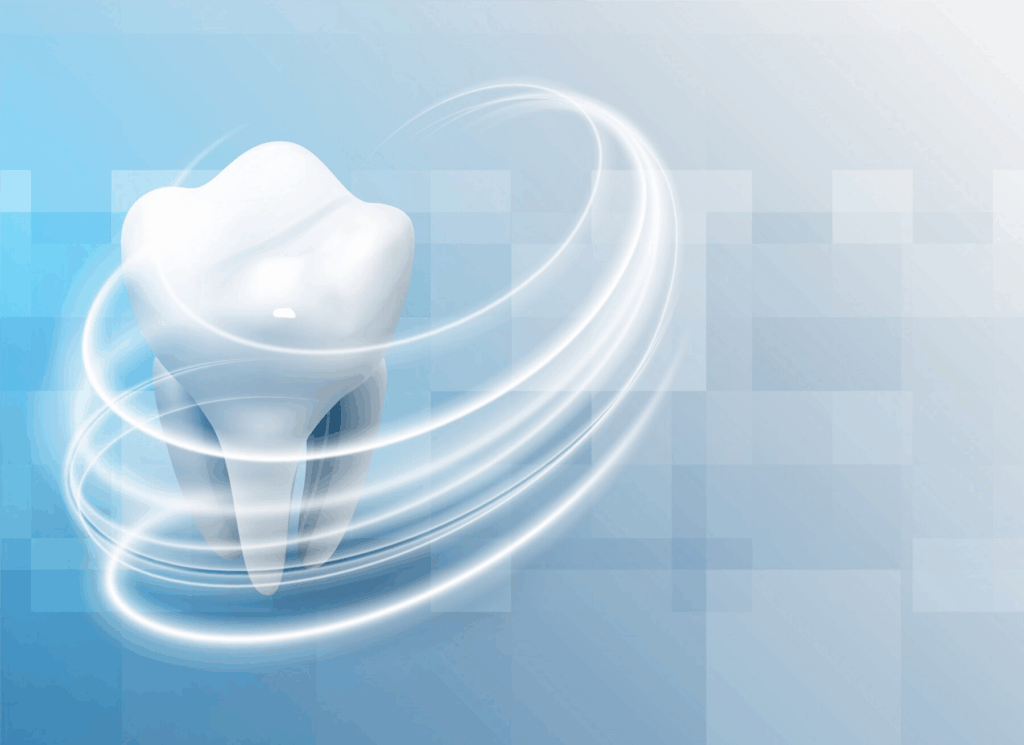The development of a tooth in a lab is a major advancement in the field of regenerative dentistry.
In order to replicate the circumstances necessary for natural tooth formation, King’s College and Imperial College conducted a study in London using a specifically created substance.
By using their own cells to create replacement teeth that grow organically into the jaw, the study may someday provide patients with a biological substitute for artificial fillings and implants.

Why It Matters
For patients who lose adult teeth due to disease, decay, or trauma, the capacity to produce human teeth could greatly enhance results. Lab-grown teeth would be able to naturally mend and adapt, in contrast to existing treatments like crowns and implants, which might deteriorate over time or result in problems. According to researchers, the invention may lessen the need for invasive dental procedures.
What To Know
Adult tooth loss is usually treated with fillings, dentures, or implants, all of which have drawbacks. While implants require surgery and might not perfectly replicate the function of natural teeth, fillings can compromise the surrounding tooth tissue and frequently need to be replaced.
Using bioengineered materials, the novel technique created at King’s College London replicates the initial phases of tooth creation.
“We have developed an environment by using new materials that will allow cells to efficiently communicate to each other and start forming teeth ‘in a dish’,” Dr. Ana Angelova Volponi, a co-author of the study and the director of the Postgraduate (MSc) in Regenerative Dentistry Program at King’s College London, told Newsweek.
“As the field progresses, the integration of such innovative techniques holds the potential to revolutionize dental care, offering sustainable and effective solutions for tooth repair and regeneration,” she stated.
Similarly Xuechen Zhang, another author of the study, said, “This environment is more ‘tuneable’ and can be better adjusted to promote the process of tooth-making. With this, we might be one step closer to growing human teeth in a lab in near future.”
“We developed this material in collaboration with Imperial College to replicate the environment around the cells in the body, known as the matrix. This meant that when we introduced the cultured cells, they were able to send signals to each other to start the tooth formation process,” said Zhang.
Researchers claim that the substance enables cell-to-cell communication that is similar to the signaling pathways involved in the creation of a real tooth. Earlier attempts failed because they released the required signals all at once, rather than gradually.
Translating the discoveries into a clinical setting is the challenge now that the proper atmosphere has been reproduced.
“We have different ideas to put the teeth inside the mouth. We could transplant the young tooth cells at the location of the missing tooth and let them grow inside the mouth,” Zhang said. “Alternatively, we could create the whole tooth in the lab before placing it in the patient’s mouth. For both options, we need to start the very early tooth development process in the lab.”
What People Are Saying
Xuechen Zhang, from the Faculty of Dentistry, Oral and Craniofacial Sciences at King’s College London, said in a news release, “Fillings aren’t the best solution for repairing teeth. Over time, they will weaken tooth structure, have a limited life span, and can lead to further decay or sensitivity. Implants require invasive surgery and good combination of implants and alveolar bone. Both solutions are artificial and don’t fully restore natural tooth function, potentially leading to long-term complications.”
What Happens Next
We will test the two delivery methods in preclinical models now that we can replicate early tooth development in a lab setting. Researchers are trying to figure out which approach is more dependable, safer, and compatible with regular dental treatment.
Patients may potentially receive custom-grown teeth made from their own cells if future trials prove fruitful. This would reduce the possibility of rejection and provide a regenerative alternative to conventional dentistry.


